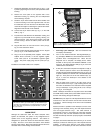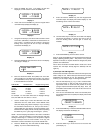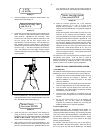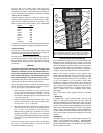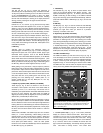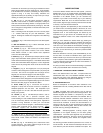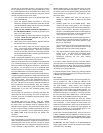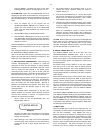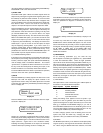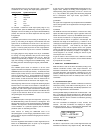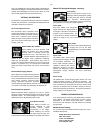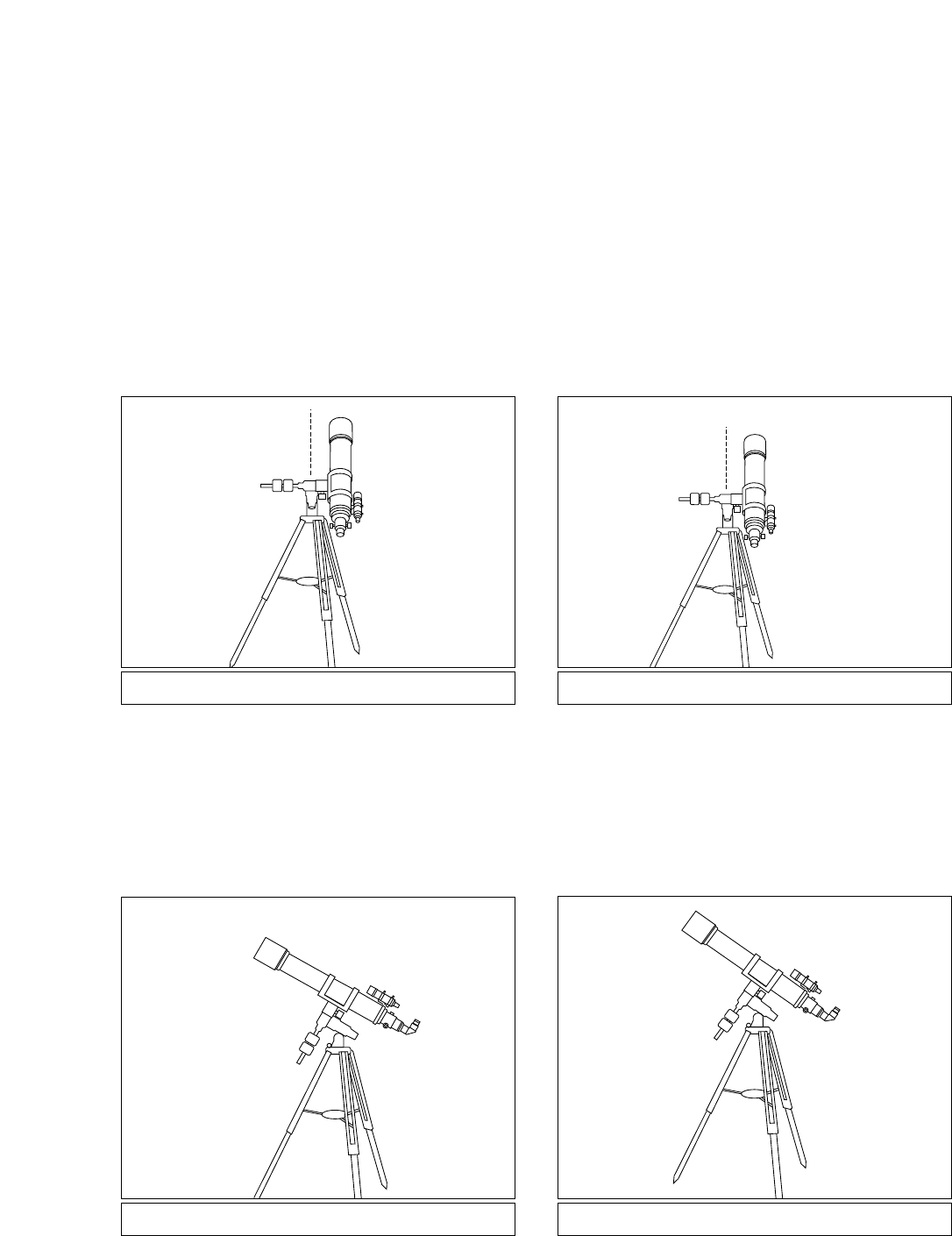
- 19 -
APPENDIX A: PRECISE POLAR ALIGNMENT
Precise polar alignment is essential for long-exposure astrophotography (typically defined as photo-exposures of 10 minutes or longer).
Fewer tracking corrections are required during the duration of the exposure when the telescope is precisely polar aligned.
Precise polar alignment requires the use of a crosshair eyepiece — such as the Meade Illuminated Reticle Eyepiece — and a 2x Barlow
lens for increased magnification.
The method for precise polar alignment — commonly referred to as the “drift” method — is as follows:
1. Obtain a rough polar alignment as described in the telescope's instruction manual. Once approximate alignment has been
accomplished, insert the 2x Barlow lens and the illuminated reticle eyepiece into the telescope’s eyepiece holder.
2. With the motor drive running, point the telescope at a moderately bright star near where the meridian (the north-south line passing
through your local zenith) and the celestial equator intersect. For best results, the star should be located within +/–30 minutes in
R.A. of the meridian and within +/–5° in Dec of the celestial equator. Pointing the telescope at a star that is straight up, and then
moving the telescope in Dec to read 0° Dec, will point the telescope to the correct position.
3. Disregarding the drift in R.A., note the star’s drift in Declination:
a. If the star drifts South, the telescope’s polar axis is pointing too far East (Fig. 10).
b. If the star drifts North, the telescope’s polar axis is pointing too far West (Fig. 11).
Fig. 10: Telescope aligned too far East.
Polaris ★
Polaris ★
4. Use the Azimuth Control knob to adjust the LXD Equatorial mount in azimuth, so there is little or no north-south drift by the star.
Note: Many advanced astrophotographers prefer a slight, steady drift in Declination so the Dec gear remains under a constant load.
A slight load on the gear prevents gear lash that normally occurs when changing directions. In this way, a slight "misalignment" is
actually beneficial.
5. Next, point the telescope at another moderately bright star near the Eastern horizon, but still near the celestial equator. For best
results, the star should be about 20° or 30° above the Eastern horizon and within +/–5° of the celestial equator (i.e., still at about
0° Dec). Once again, note the star’s drift in Declination:
a. If the star drifts South, the telescope's polar axis is pointing too low (Fig. 12).
b. If the star drifts North, the telescope's polar axis is pointing too high (Fig. 13).
Fig. 11: Telescope aligned too far West.
★ Polaris
Fig. 13: Telescope aligned too high.
Polaris ★
6. Use the latitude adjustment knob on the LXD Equatorial Mount to change the latitude angle based on your observations above.
Again, track the star for a period of time to verify that Declination drift has ceased.
After completing these procedures your telescope is precisely polar aligned, minimizing the need for tracking corrections during long-
exposure astrophotography.
Fig. 12: Telescope aligned too far low.




